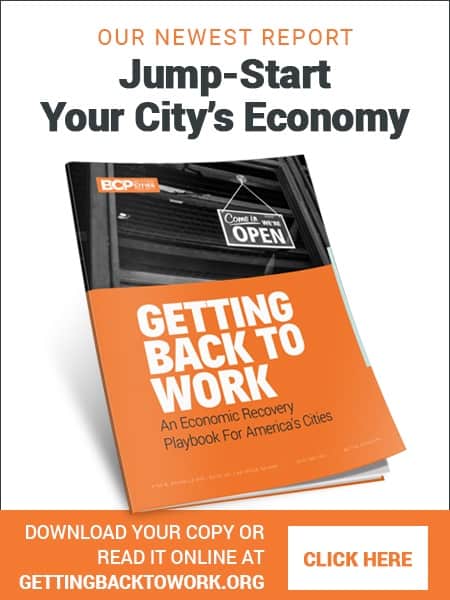In a recent column for the Manhattan Institute, Eric Kober highlights the commission’s approval of Mayor Eric Adams’ “City of Yes for Housing Opportunity” proposal—a significant shift toward pro-housing reform. Kober, a senior fellow at the Institute, notes that the plan aims to relax outdated restrictions, including limits on apartment sizes, rules against accessory dwelling units, and constraints on density in transit-rich areas.
This move is long overdue. For decades, New York’s zoning policies have artificially suppressed housing construction, driving up rents and forcing working- and middle-class residents to compete for an increasingly scarce number of homes. The problem is familiar to cities across the country: zoning laws written for a different era now serve mainly to restrict supply and preserve high prices.
Kober rightly points out that while the commission’s vote is an important first step, the real challenge will be securing approval from the City Council, where local opposition has often blocked meaningful reform. Political inertia and NIMBY (Not In My Backyard) resistance have derailed past efforts, even as the housing crisis worsens.
Still, New York’s willingness to take even a modest step toward upzoning signals a growing recognition that housing markets cannot function when supply is artificially constrained. If the council follows through, it would set a powerful example for other cities struggling with affordability.
For now, the city has taken a first step. Whether it follows through will determine if New York remains an exclusive enclave for the wealthy or starts to build enough homes for the people who keep it running.









Cities should stick to the basics of governing